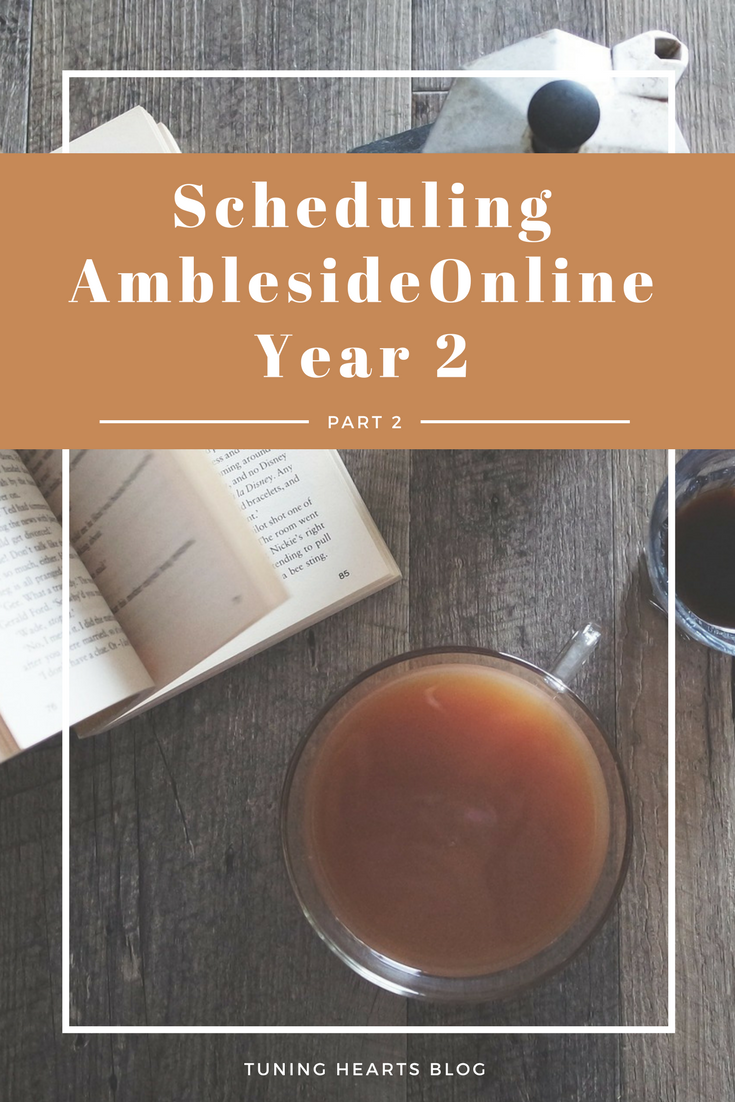
In this final post in the Homemaking for Real People Series, I am getting really, really real! I am going to admit that I don’t like meal planning. But I still find it absolutely indispensable to the general health and happiness of my family, not to mention the maintenance of our budget. I also have to admit that I actually am not a big fan of cooking. Eating, yes. Cooking, not so much. It’s not that I can’t cook. I am actually a pretty good cook! I just don’t love it. I know some people who go bake or whip up a new recipe for the pure enjoyment of it. I don’t. I cook because I like to eat, and, as a matter of fact, so does my family! Since we believe that whole, natural foods are the healthiest way to fuel our bodies, we also like to eat food made from real ingredients. And having food allergies and sensitivities makes it even more necessary that I do a decent amount of cooking on a daily basis.
In order to manage all this cooking, I have to have a meal plan. But how does a reluctant cook go about doing this?
Enter, the Reluctant Cook’s Guide to Meal Planning:
Step 1: Make a Master Meal List
Make a master meal list of 20-30 meals that are simple family favorites that you can rotate again and again. For a lot of people, this means just dinners because they have about the same things for breakfast and lunch, like toast or cereal, and sandwiches or salad. Our family, however, doesn’t eat cereal except as an occasional snack, and since we have a wheat allergy, bread for sandwiches is a real pain. I also like a lot of variety, so I do actually have lists of our favorites for breakfast and lunch, as well. Your master meal list is something you can always fall back on when you are lacking creativity or just need a default for meal planning. Obviously, it is good to try new recipes, too, but it sure is handy to know you have this list of meals everyone will enjoy when you just need to hit the easy button.
Step 2: Find Your Style
This part takes some trial and error, in my experience, but once you find your groove, you’ll be set! Some people like to have a monthly meal plan, others plan weekly. I’m a weekly gal, thought sometimes I do plan for up to two weeks at a time. You may prefer to have a paper plan that you post in your kitchen, or a digital meal plan system like Plan to Eat. I actually put my meal plan right in my Happy Planner along with all my other weekly to-do’s so I can see everything all in one spot. There are myriad meal planning calendar printable online, so I encourage you to try out a few different styles until you find your sweet spot.
Step 3: Look at Your Calendar
Before you start writing out your actual meal plan, you need to consider what you have going on in your week. Knowing how much time you are going to have for meal prep each day helps you choose what to make. For example, I know if I’m going to be gone most of the day, I either need to plan to have leftovers for dinner or make a slow cooker meal that will cook itself while we are out. Also, consider the season and weather when choosing meals. If it’s going to 90 degrees and humid, you probably aren’t going to want to plan a lot of baking or roasting if you can help it.
Step 4: Make Your Meal Plan
Once you’ve got all the preliminaries done, all there is left to do is plug in meals from your master list (or maybe a few new recipes from a Pinterest board)! I like to write down breakfast, lunch and dinner in that order. For breakfast and lunch, I don’t have as many choices to rotate, so that goes pretty quickly. We like to try more new things for dinner, so sometimes it take me a bit longer. As I go, I have my grocery list alongside me, so I can write down any ingredients that we need for the coming week as I go. I also try and write in any prep-work that may need done ahead of time in my planner. If we are going to have soaked baked oatmeal on Sunday morning, for instance, I write down that I need to get the oats soaking while I’m making dinner Saturday evening.
Step 5: Follow Your Plan
So, you’ve gone to all the work of making a meal plan. Now you need to put it in a place where you will see it and do your best to follow the plan! I know there are times when plans change and meals will get switched or left out all together. I am fine with this as it is MY plan, after all. I have the freedom to change it as needed. But I also know that if I don’t take care, produce purchased for a specific meal may spoil, or meat may not get thawed in time, etc. If I want to be wise with my time and money, it helps to stick to the plan. And, yes, I do build leftovers into my meal plan as much as possible! It is frugal and time-saving, and even my kids have no problems with eating leftovers (most of the time).
Step 6: Have a Good Attitude
Okay, maybe this should have been first…and it certainly isn’t reserved just for meal planning and cooking! Having a good attitude and thinking positive about your role as cook and meal planner for your family will go a long way toward making it a more enjoyable experience. I know that I am always proud when I put a healthy, hot meal on the table for my family. It is satisfying to know that this is one way I can serve and bless my husband and children, and it really is not all that much trouble after all. Even on a frugal budget, we can enjoy good meals when I plan well and execute that plan. And so can you! So, go ahead. Make a meal plan and go cook something wholesome and delicious!
That wraps up our Homemaking for Real People blog series! I’ve enjoyed sharing a little more in depth on how we run our home, and I would love to hear what you’ve thought of the series! Would you like me to write more on topics of homemaking, planning, or routines? Leave me a comment below. I’m all ears!

Previous Posts in the Homemaking for Real People Series:
Intro to Homemaking for Real People: Homemaking Series, Pt. 1
Why Just “Good Enough” Housekeeping? Homemaking Series, Pt. 2
A Good-Enough Housekeeping Routine: Homemaking Series, Pt. 3
20 Daily “Quick Wins:” Homemaking Series, Pt. 4
Keeping the Laundry Monster at Bay: Homemaking Series, Pt. 5








